De Perfecte Gids
Inleiding:
Het kiezen van een katana kan overweldigend zijn, vooral met zoveel opties en technische termen. Onze gids vereenvoudigt dit proces om je te helpen de perfecte katana te vinden die aan jouw behoeften voldoet, of het nu voor snijtraining, verzameling of decoratie is. Hier is alles wat je moet weten om een weloverwogen keuze te maken.
Soorten Katana’s en Hun Gebruik:
Geslepen Katana’s: Ideaal voor snijtraining (tameshigiri). Deze katana’s stellen je in staat om je snijtechniek te perfectioneren op materialen zoals opgerolde tatami-matten of bamboe. Ze vereisen onderhoud en vaardigheid om scherp te blijven. Perfect voor serieuze beoefenaars.
Ongeslepen (Iaito): Deze katana’s zijn geweldig voor krijgskunsttraining waarbij een scherp lemmet niet is toegestaan. Ze bieden hetzelfde gevoel en gewicht als een scherpe katana zonder het risico op snijden, waardoor ze ideaal zijn voor beginners of training.
Decoratieve Katana’s: Als je op zoek bent naar een prachtig stuk om in je huis te tonen, zal een van onze katana’s een geweldige keuze zijn. Zelfs onze decoratieve katana’s behouden hoge kwaliteit en authentiek vakmanschap, wat een vleugje Japanse cultuur aan je interieur toevoegt.
Katana Constructie en Smedetechnieken:
Maru (Enkele Stalen Constructie): Een eenvoudige smidstechniek met gebruik van één type staal. Hoewel vaak gebruikt in instapmodellen van katana’s, bieden hogere versies gemaakt van premium staal uitstekende prestaties en scherpte.
Samengestelde Lemmeten: Gemaakt van verschillende lagen en types staal, biedt het een combinatie van kracht, flexibiliteit en snijkracht. Populaire types zijn Sanmai en Honsanmai, die meer investeringsintensief zijn maar superieure kwaliteit en duurzaamheid bieden.
Staal Kwaliteit en Opties:
Tamahagane Staal: Bekend als het beste traditionele staal, maar zeer duur en zeldzaam. Onze katana’s gebruiken alternatieven van topkwaliteit zoals 1095, T10 en Damascus staal, die uitzonderlijke prestaties bieden tegen een meer toegankelijke prijs.
Alternatieve Stalen: Onze lemmeten van 1095, T10 en Damascus staal volgen traditionele technieken, wat zorgt voor opmerkelijke scherpte, duurzaamheid en mooie esthetiek zonder de hoge kosten van Tamahagane. Prijzen beginnen vanaf ongeveer $200 en kunnen oplopen tot enkele duizenden dollars, afhankelijk van het vakmanschap en de gebruikte materialen.
Belangrijke Kenmerken om te Overwegen:
Hamon: Dit is een golvende lijn die langs het lemmet verschijnt door differentiële harding. Het voegt niet alleen schoonheid toe aan de katana, maar geeft ook aan dat het een kwaliteitslemmet is met de juiste balans tussen hardheid en flexibiliteit.
Bo-Hi (Bloedgroef): Deze groef verlicht het lemmet en zorgt voor een kenmerkend ‘whoosh’-geluid wanneer het wordt gezwaaid. Historisch gezien hielp het bij het afvoeren van bloed, maar tegenwoordig is het voornamelijk voor balans en esthetiek.
Tsuba (Beschermer): Een decoratieve en functionele beschermer die je hand beschermt en balans aan de katana toevoegt. Onze tsuba’s zijn vervaardigd met ingewikkelde ontwerpen, die het algehele uiterlijk van het zwaard verbeteren.
Tsuka (Greep): Gewikkeld in roggenhuid en gevlochten met elegante koord (tsuka-ito), biedt het een comfortabele en veilige grip. Onze katana’s hebben premium wikkelingen die duurzaamheid en esthetiek waarborgen.
Saya (Schede): Gemaakt van gelakt hout, vaak magnolia, beschermt de saya het lemmet en voegt het toe aan de presentatie. Onze scheden zijn zorgvuldig afgewerkt voor een gepolijste uitstraling.
Waarom Kiezen Voor Ons?
Wij maken onze eigen katana’s, wat zorgt voor superieure kwaliteit en vakmanschap. Door ons te concentreren op authenticiteit en aandacht voor detail, steken onze katana’s af als zowel functionele zwaarden als prachtige kunstwerken. Of je nu een verzamelaar, een beoefenaar bent of gewoon waarde hecht aan fijn vakmanschap, je zult een katana vinden die aan je behoeften voldoet en je verwachtingen overtreft.
Deze beknopte gids biedt potentiële klanten een duidelijk begrip van waar ze op moeten letten bij de aankoop van een katana, terwijl de superieure kwaliteit van je producten wordt benadrukt. Het opnemen van visuals in de toekomst zou de gids zeker verbeteren en klanten helpen de besproken functies beter te begrijpen.
